#princess elizabeth of hesse and by rhine
Explore tagged Tumblr posts
Text
"Regal Lookalikes: Uncanny Resemblances Among Royal and Imperial Figures"✨️🌞❤️🔥🤍
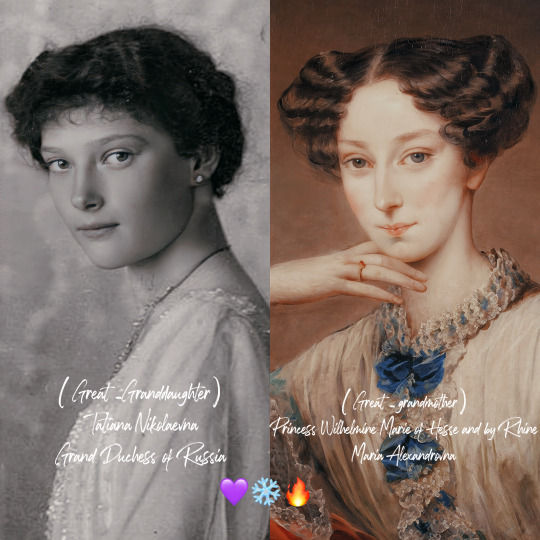
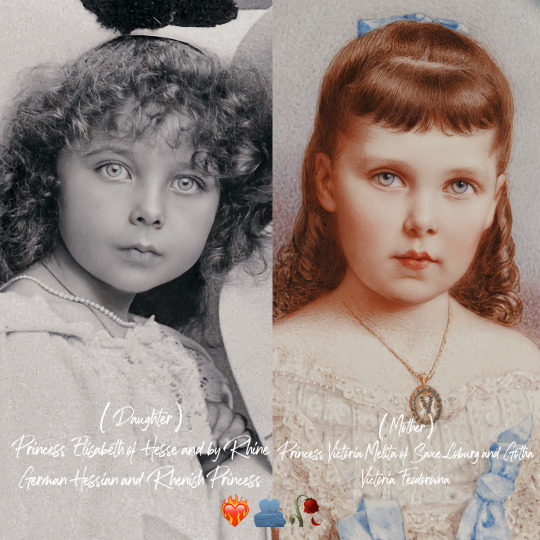

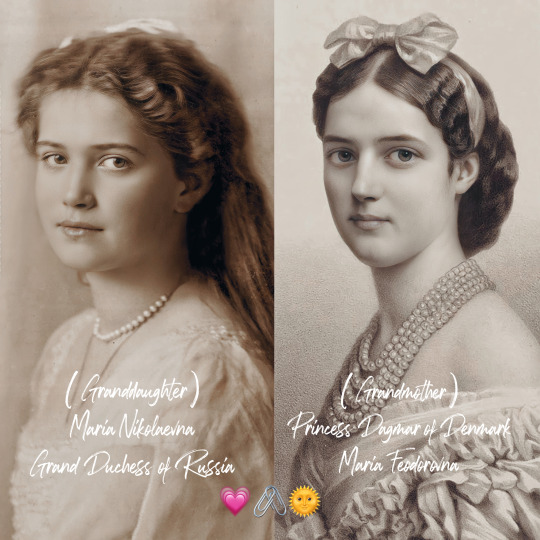
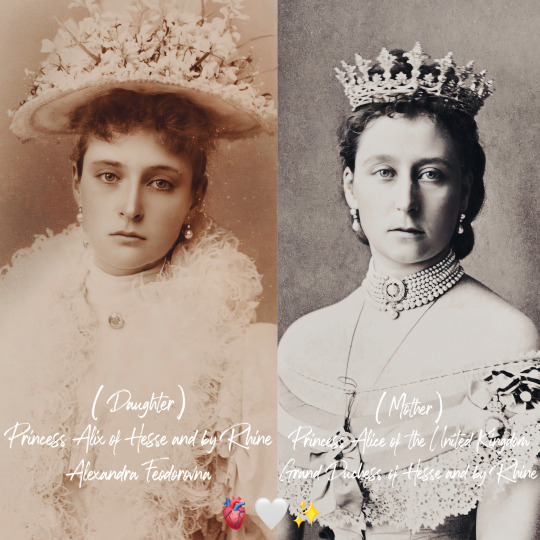
#victoria melita of edinburgh#princess alice#maria nikolaevna#princess elizabeth of hesse and by rhine#alfred of edinburgh#alexandra feodorovna#tatiana nikolaevna#maria feodorovna#maria Alexandrovna
59 notes
·
View notes
Text







Josefine Swoboda (29 January 1861 – 27 October 1924) was an Austrian artist who focused on watercolor portraits. She was from a family of artists and her first lessons in painting were done with her father Eduard Swoboda.
In 1890 she earned the title of court painter from Queen Victoria. She would work off and on for the British royal family until 1899.
Alexandra, Princess of Wales 1895
Princess Alice of Battenberg 1891
Princess Victoria Eugenie of Battenberg 1890
Princess Marie Louise of Schleswig-Holstein 1897
Prince Leopold of Battenberg 1890
Princess Patricia of Connaught
Princess Elizabeth of Hesse and by Rhine 1899
Source of paintings: Royal Collection Trust
#Princess Alexandra of Denmark#Alexandra Princess of Wales#Princess Alice of Battenberg#Princess Andrew of Greece and Denmark#Princess Victoria Eugenie of Battenberg#Queen Victoria Eugenie of Spain#Princess Marie Louise of Schleswig-Holstein#Prince Leopold of Battenberg#Princess Patricia of Connaught#Princess Elizabeth of Hesse and by Rhine#Josefine Swoboda#art#portrait#watercolor#Austrian artists#Woman artist#Female artist
3 notes
·
View notes
Text

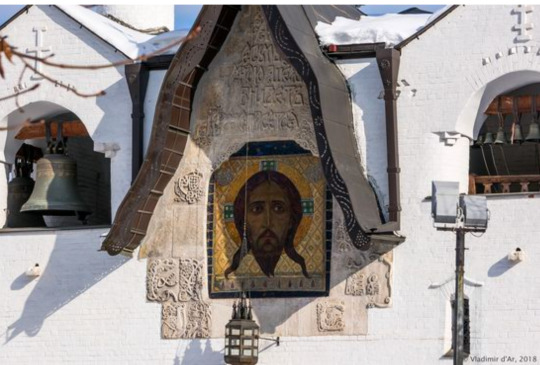

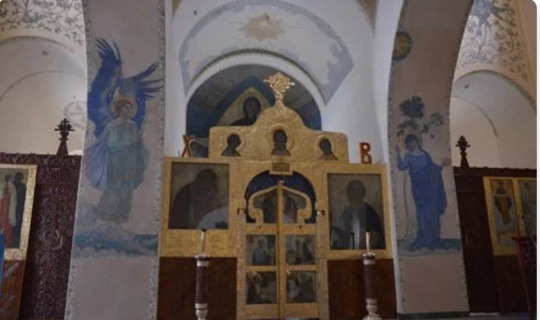





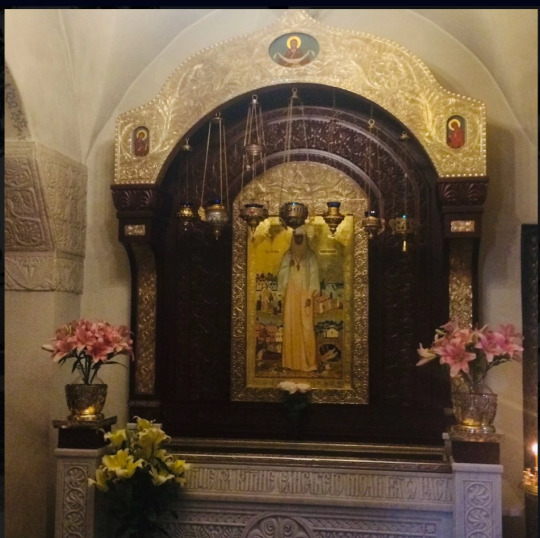
The House that Grand Duchess Elizabeth Feodorovna Built
The Marfo-Mariinsky Convent in Moscow is worth visiting for a variety of reasons, the least of which is the esthetics, which are incredibly modern for the time in which the convent was built (the icons, frescoes, and other decorations were executed by Mikhail Nesterov; the pleasing, open interiors are painted in a combination of white, blue and gold.) To appreciate the convent, knowing who built it, when, and for what purpose is necessary. This functional and singular organization was conceived in Russia by a Lutheran English princess who had converted to orthodoxy and might have had great experience organizing charities but nothing of this complexity, magnitude, and modernity.
In 1890, two years after the assassination of her husband, Grand Duke Sergey Romanov, Grand Duchess Elisabeth Feodorovna established the Marfo-Mariinsky Convent in Moscow. The convent gained a reputation and worldwide fame in her lifetime which it has kept to this day.
In Ella's conception of monasticism, Saint Elisabeth combined two models of service to Christ: Active, as exemplified by Martha, and Contemplative, like Mary's. This conception made her Convent different from all other institutions of its kind in Russia; at the time, nuns dedicated themselves to the contemplative life (their main function was to intercede for us with their prayers; they did not leave the convent.) The sisters at the Marfo-Mariinsky Convent prayed but spent most of their time visiting the poor. They made regular rounds of the homeless shelters, helped homeless children find places at orphanages, and found jobs for the unemployed. From 1914 to 1917, about 150 sisters served there in its peak years. Their Mother Superior, Ella, actively participated in all these activities. One could say that Princess Elizabeth of Hesse and by Rhine singly introduced social work in Russia.
Saint Elisabeth worked hard to facilitate the construction of the Convent’s two churches. The hospital church of Martha and Mary was consecrated in 1909, and the Church of the Protection of the Mother of God in 1912.
Apart from the churches, the convent started with four buildings: a sisters’ compound with a refectory, a large hospital with an outpatient clinic, the mother superior’s quarters, and the clergy house. The clergy house accommodated an impressive public library, classrooms, and a dormitory for orphaned children. It was also home to the Sunday school for women factory workers. When the number of sisters grew, a three-storied dormitory compound was built for them. Eventually, the Convent acquired several more buildings nearby. One housed a soup kitchen for the poor, serving hundreds of meals daily for a symbolic price. Next to the soup kitchen were the apartment quarters providing affordable housing for the poor.
The convent also had a hospital for the poor (the first surgery was performed on Grand Duchess Elisabeth – the surgeons successfully removed a benign tumor.) Traditionally, the hospital has been seen as one of the Convent’s great achievements, and the surgical ward had a reputation for being one of the best in Moscow. Thirty-four best doctors worked here as volunteers. The Convent’s pharmacy supplied the poor with free medicines.
After the martyrdom of its founder in 1918, the Convent existed for almost 8 years, and then the church was closed. The revival of the Marfo-Mariinsky Convent began in 1992. In 2008, the entire complex of buildings was fully renovated. The former quarters of the Grand Duchess Elisabeth are now a museum exhibiting her personal belongings and letters.
#russian history#romanov dynasty#Grand Duchess Elizabeth Feodorovna#Princess Elizabeth of Hesse and by Rhine#Marfo-Mariinsky Convent
14 notes
·
View notes
Text
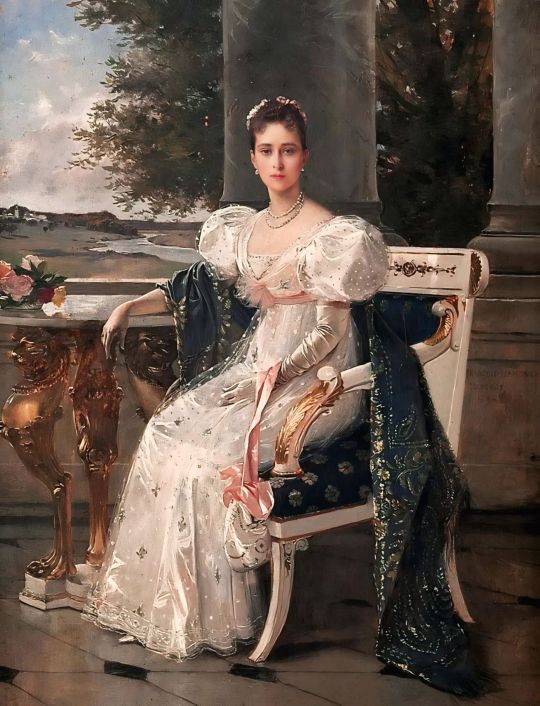
Painting of Grand Duchess Elizabeth Feodorovna of Russia by François Flameng, 1894.
#elizabeth of hesse#elizabeth of hesse and by rhine#elizabeth feodorovna#elizaveta feodorovna#louis iv#princess alice#princess alice of the united kingdom#queen victoria#victoria#prince albert#albert#victorian#victorian era#germany#hesse#rhine#russia#princess#grand duchess#royal#royalty#history#portrait#painting
80 notes
·
View notes
Text

“It's an understatement to say that Alice of Hesse's daughters had a profound influence on the 20th century. Victoria, the grandmother of Philip, Duke of Edinburgh, who was the husband of the late Queen Elizabeth II. Elisabeth, who is venerated as a saint and was canonized by the Russian, Greek, and Eastern Orthodox Churches. Irene, who identified Anastasia/Anna Anderson as a fraud. Alix, the Empress of the Russian Empire, exerted significant influence on Russia's domestic and international policies, albeit often for the worse, later canonized as a Saint and a holy martyr. And poor little Marie, whose untimely death at an early age played a pivotal role in shaping Alix's shy and sorrowful personality.” - Submitted by Anonymous
#Princess Victoria of Hesse and by Rhine#Grand Duchess Elizabeth Feodorovna#Princess Irene of Hesse and by Rhine#empress alexandra feodorovna
39 notes
·
View notes
Text

Princess Elisabeth Alexandra Luise Alix of Hesse and by Rhine, Grand Duchess Elizabeth Feodorovna of Russia as a nun
Russian vintage postcard
#historic#photography#vintage#grand duchess#sepia#alexandra#photo#briefkaart#hesse#elizabeth#alix#luise#elisabeth alexandra luise alix#ansichtskarte#postcard#princess#russian#feodorovna#grand#elizabeth feodorovna#postkarte#postkaart#carte postale#rhine#russia#ephemera#duchess#postal#elisabeth#tarjeta
7 notes
·
View notes
Text

The Hesse family 1872
Louis IV, Grand Duke of Hesse his wife Alice, Grand Duchess of Hesse and their five children Victoria, Elisabeth, Irene, Ernest Louis, and Friedrich of Hesse and by Rhine.
#louis iv#alice of hesse#victoria of hesse#elizabeth of hesse#irene of hesse#Ernest Louis#ernest ludwig#Friedrich of Hesse#1872#1870s#hesse family#princess alice#duke of hesse#irene of Prussia#Victoria of Battenberg#elizabeth feodorovna#Victoria Mountbatten#Ludwig iv#hesse and by rhine
15 notes
·
View notes
Text

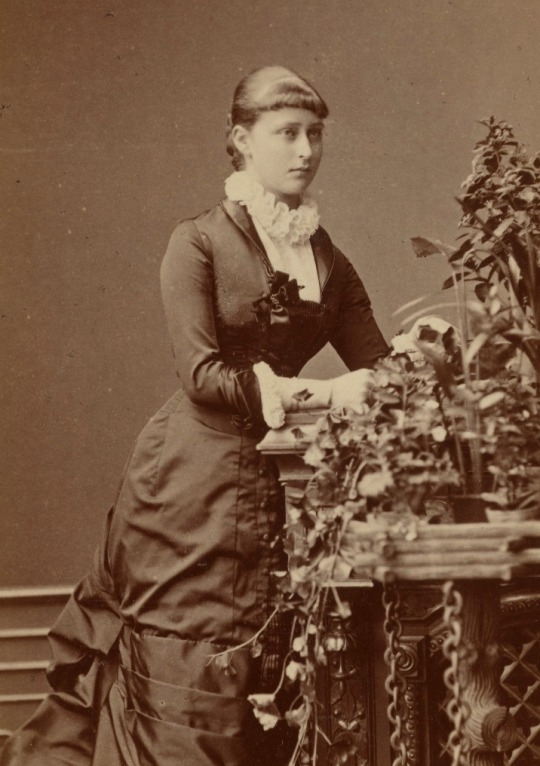

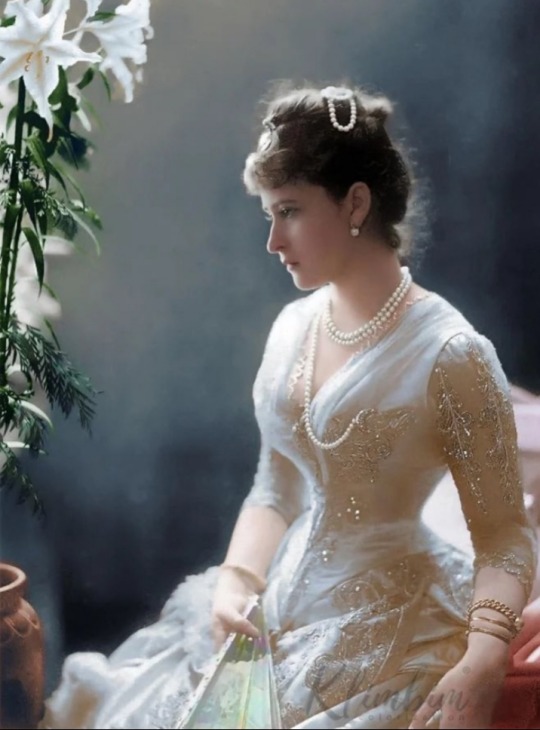
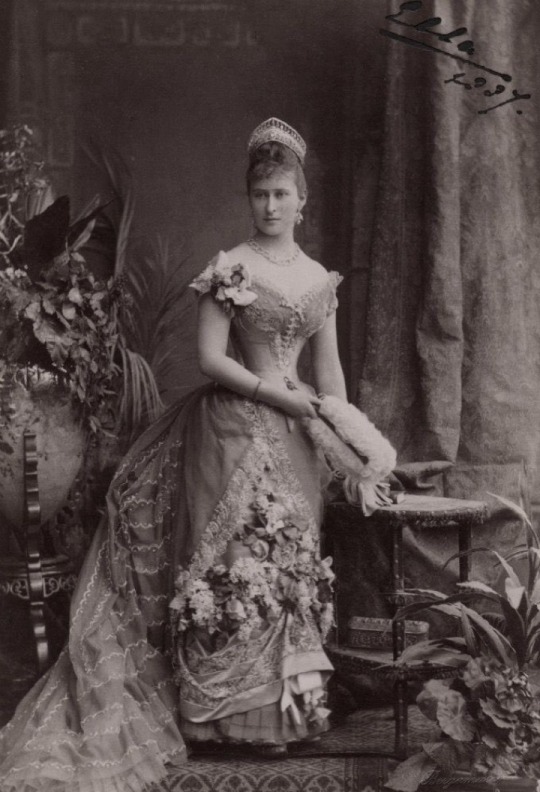

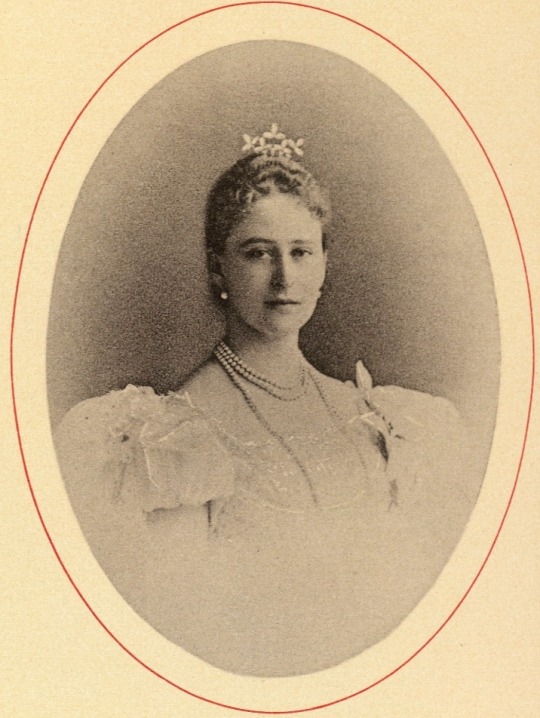
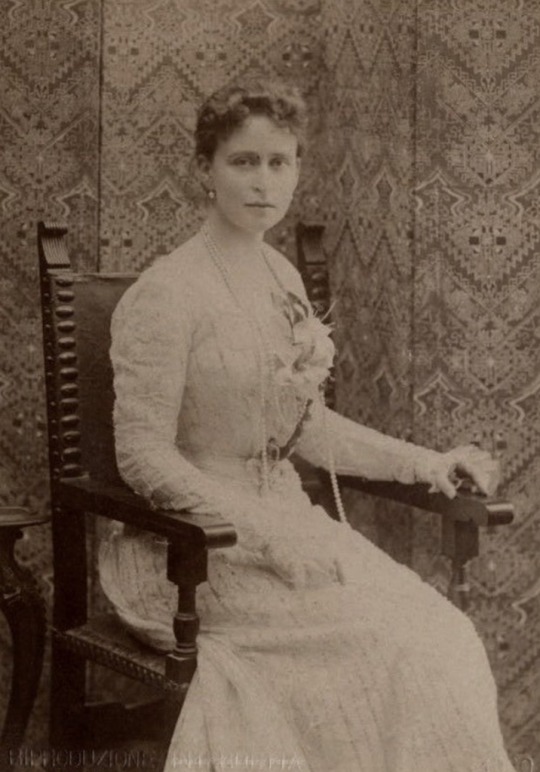


BORN ON THIS DAY:
Grand Duchess Elizabeth Feodorovna of Russia (born Princess Elisabeth of Hesse and by Rhine; 1 November 1864 – 18 July 1918) was a German Hessian and Rhenish princess of the House of Hesse-Darmstadt.
She was the wife of Grand Duke Sergei Alexandrovich of Russia, the fifth son of Emperor Alexander II of Russia and Princess Marie of Hesse and by Rhine.
A granddaughter of Queen Victoria and an older sister of Alexandra, the last Russian Empress, Elisabeth became famous in Russian society for her dignified beauty and charitable works among the poor.
After the Socialist Revolutionary Party's Combat Organization assassinated her husband with a bomb in 1905, Elisabeth publicly forgave Sergei's murderer, Ivan Kalyayev, and campaigned without success for him to be pardoned.
She then departed the Imperial Court and became a nun, founding the Marfo-Mariinsky Convent dedicated to helping the downtrodden of Moscow.
In 1918, she was arrested and ultimately killed by the Bolsheviks.
She was canonized by the Russian Orthodox Church Abroad in 1981 and by the Moscow Patriarchate in 1992 as Holy Martyr Elizabeth Feodorovna (Saint Elizabeth Romanova / Saint Elizabeth the New Martyr).
#Grand Duchess Elizabeth Feodorovna of Russia#Princess Elisabeth of Hesse and by Rhine#House of Hesse-Darmstadt#House of Saxe-Coburg and Gotha#British Royal Family
4 notes
·
View notes
Text
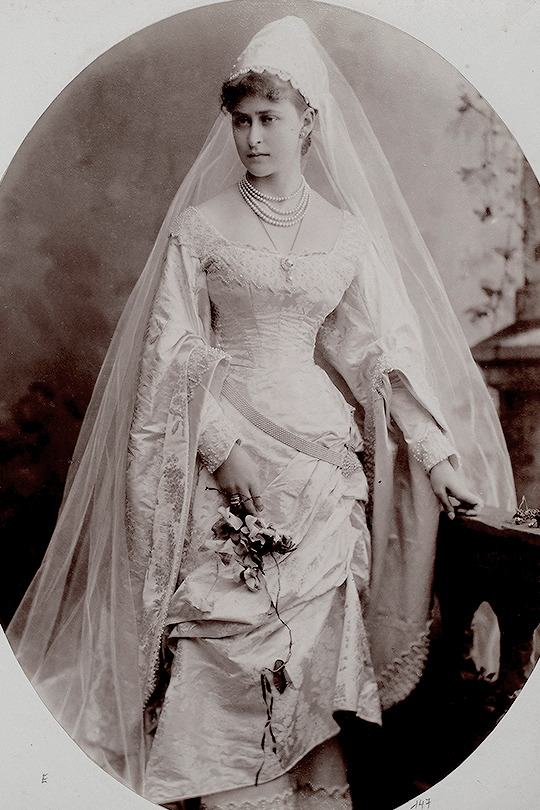


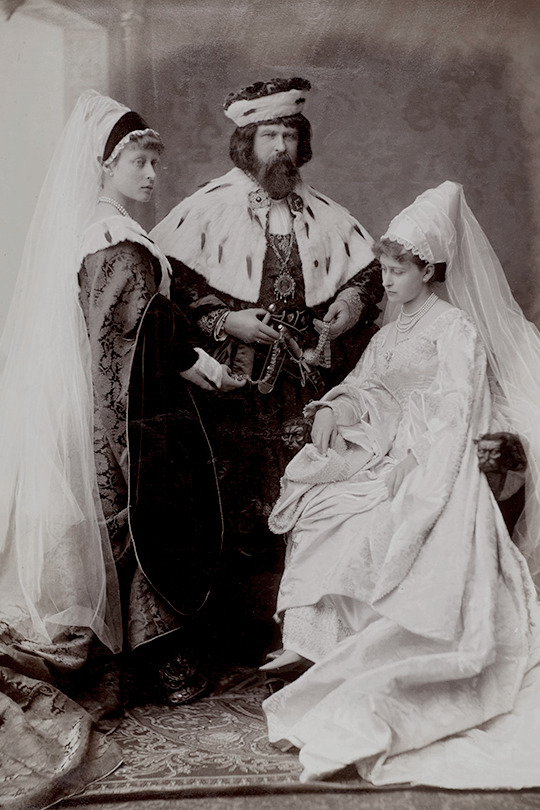
Louis IV Grand Duke of Hesse and by Rhine with his two eldest daughters Princess Victoria and Princess Elizabeth, 1883.
#louis iv#princess victoria of hesse#grand duchess elizabeth feodorovna#romanov#russia#hesse#look at those hq photographs#i'm crying#ella's dress is so pretty :')#and louis wig!!!!!!#lmao
185 notes
·
View notes
Note
name 3 royals that you think are underrated?
Name 3 royals that you think are overrated?
Im so curious to see your answer😊
Underrated Royals:

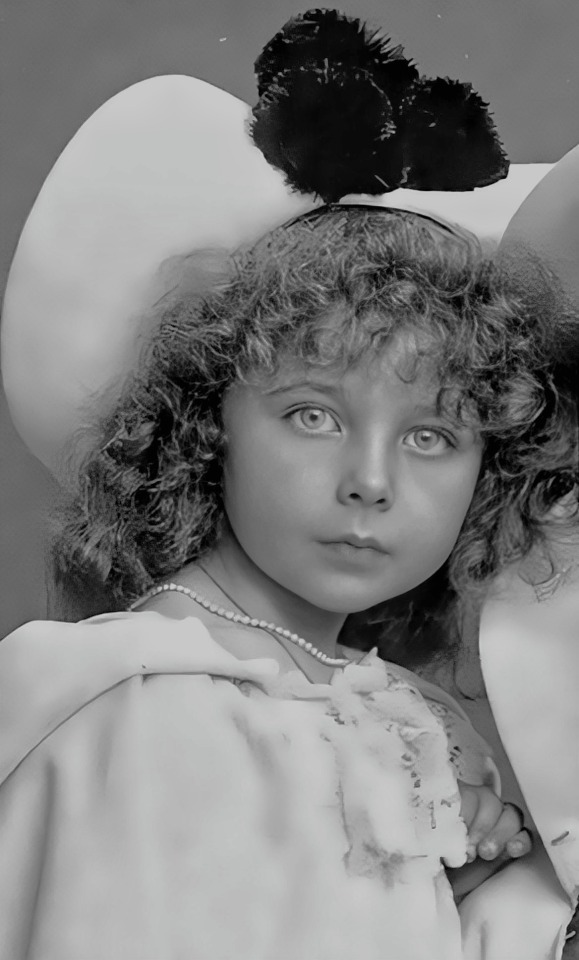
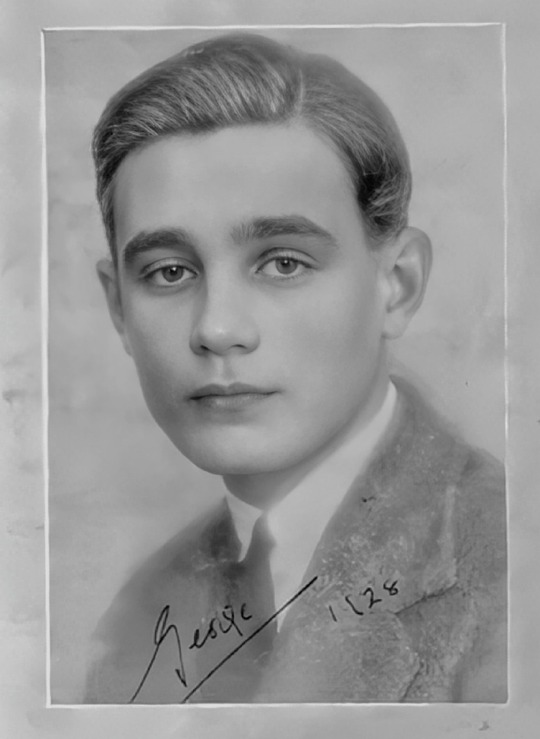
Princess Alice of United Kingdom 🥀
Princess Elizabeth of Hesse and by Rhine (1895-1903)💔
George Mikhailovich count brasov, Son and only Child of Grand Duke Michael Alexandrovich🥲
Overrated Royals:
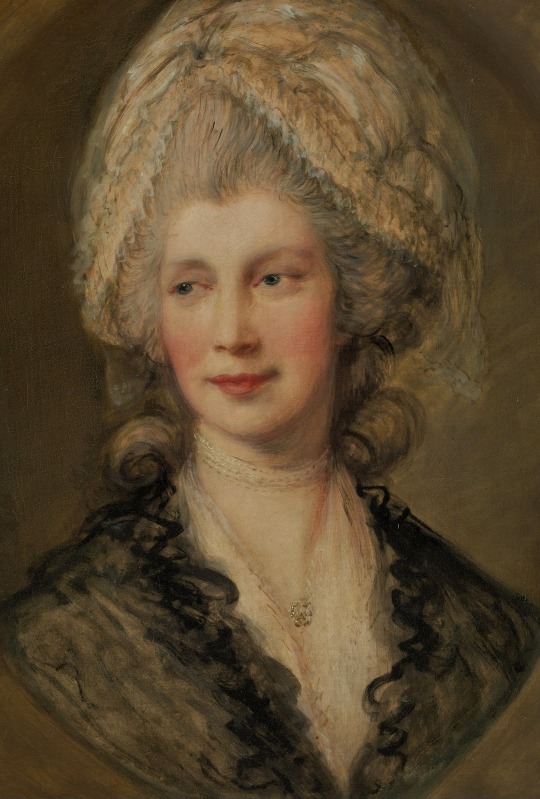
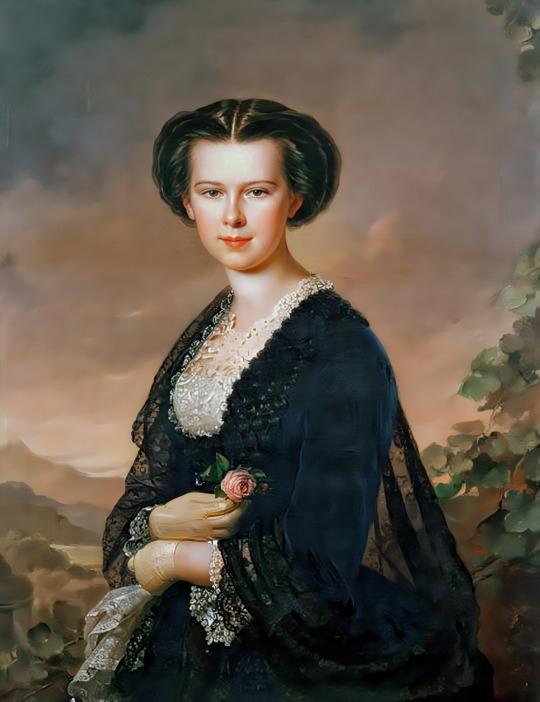
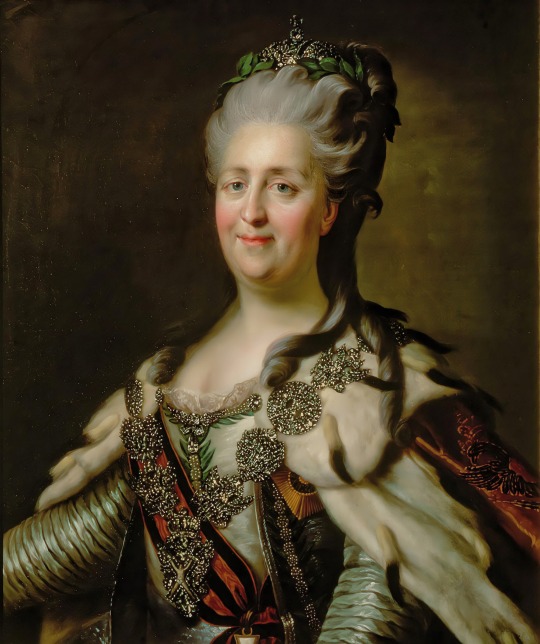
Queen Charlotte
Empress Elizabeth of Austria
Catherine the Great 😒
#princess alice#princess elizabeth of hesse and by Rhine#George Mikhailovich#Queen Charlotte#empress elisabeth of austria#catherine the great
9 notes
·
View notes
Text

Princess Victoria of Battenberg and Grand Duchess Elizabeth Feodorovna.
Moscow. 1910.
#royalty#history#german royalty#royal women#Princess Victoria of Hesse and by Rhine#Princess Louis of Battenberg#Princess Victoria of Battenberg#Marchioness of Milford Haven#Princess Elisabeth of Hesse and by Rhine#Grand Duchess Elizabeth Feodorovna of Russia#Grand Duchess Elizaveta Feodorovna of Russia#russian royalty#imperial russia
7 notes
·
View notes
Text

Grand Duke Ernst Ludwig of Hesse and By Rhine, surrounded by his sisters
Ernest was always given a lot of support by his sisters, probably because of the trauma he underwent when his little brother Frittie died while playing with him and because of the death of his mother, who, as per the sources, caught diphtheria after giving him a kiss to console him for the death of his sister May of the same disease. Later on, he lost his little daughter Elizabeth which must have been devastating for him. But he had the love and support of his sisters, and Nicholas II seems to have also been very fond of him. As we know, there were further losses down the road. His beautiful sisters Grand Duchess Elizabeth (wearing her nun's habit in the photo) and Empress Alexandra, were murdered by the Bolsheviks.
Ernie might have been born into a life of privilege and riches, but the extent of the tragedy he experienced in his life is unimaginable.
In addition to Elizabeth and Alexandra, his sisters Irene (Princess Heinrich) and Victoria appear in the photograph.
And since all Romanov roads lead to Prince Phillip, please note that Victoria Mountbatten, Marchioness of Milford Haven, born Victoria of Hesse, and By Rhine (older sister of Empress Alexandra) was Prince Phillip's maternal grandmother. So he had Hessian blood as well.
#russian history#imperial russia#romanov family#Hesse family#Grand Duke Ernst Ludwig of Hesse and by Rhine#Prince Phillip#Empress Alexandra Feodorovna#Victoria Mountbatten#Princess Heinrich#Princess Irene of Hesse and by Rhine#Grand Duchess Elizabeth Feodorovna#Princess Elizabeth of Hesse and by Rhine
14 notes
·
View notes
Text

Portrait of Juliane von Preußen, c.1810, Postdam, Germany
The painting was commissioned by Juliana's brother, Gilbert of Prussia, and was painted by Thomas Lawrence. It was once lost in Berlin in 1899 but was recovered four years later.
As one of the few surviving portraits of Juliana, it is now part of the private art collection of her youngest brother, Ludwig, and is not open to the public.
*DO NOT REPOST*
Artist: Elizabeth Wakou (twi: elizamaru_)
Reference:
Art styles - Thomas Lawrence
Clothes and accessories - Queen Louise of Prussia's riding suit and Princess Anna Amalia of Prussia's hat
Facial Feature - Grand Duchess Elizabeth Feodorovna of Russia (formerly Elisabeth of Hesse and by Rhine)
In my headcanons nyo Prussia's name is Juliane or Juliana, as 'Julchen' is more or less a diminutive of 'Julia' in German...? I also adore the meaning of the name, that is 'youthful'.
20 notes
·
View notes
Text
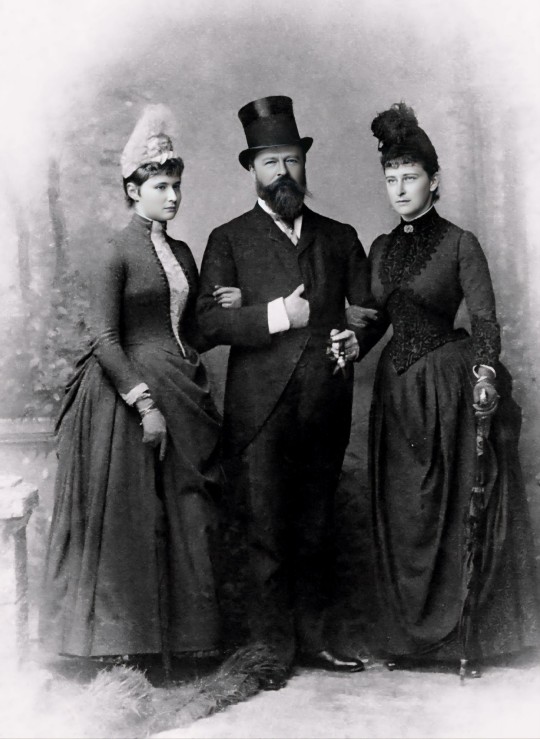
Full length portrait of Grand Duke Louis IV of Hesse and by Rhine, with Princess Alix and Grand Duchess Elizabeth Feodorovna of Russia, 1890s.
#elizabeth of hesse#elizabeth of hesse and by rhine#elizabeth feodorovna#elizaveta feodorovna#alix of hesse#alix of hesse and by rhine#alexandra feodorovna#louis iv#princess alice#princess alice of the united kingdom#queen victoria#victoria#prince albert#albert#victorian#victorian era#germany#hesse#rhine#russia#princess#grand duchess#tsarina#czarina#tsaritsa#royal#royalty#history#portrait#photo
41 notes
·
View notes
Text
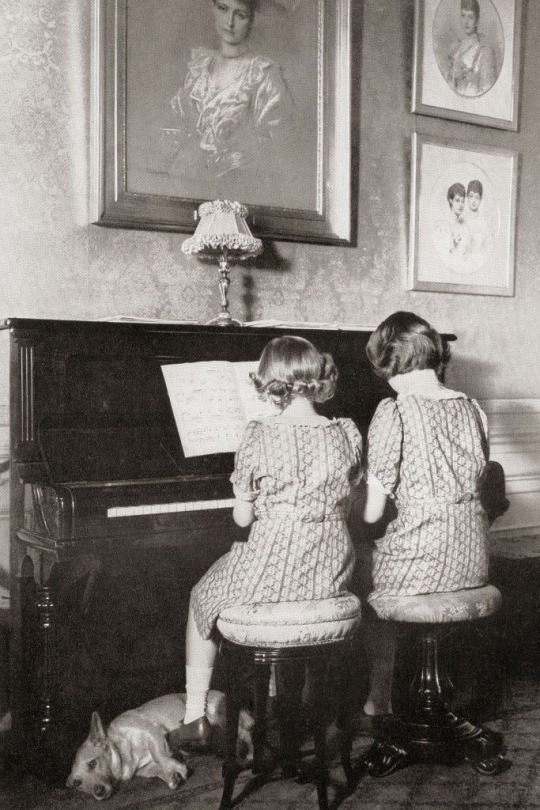
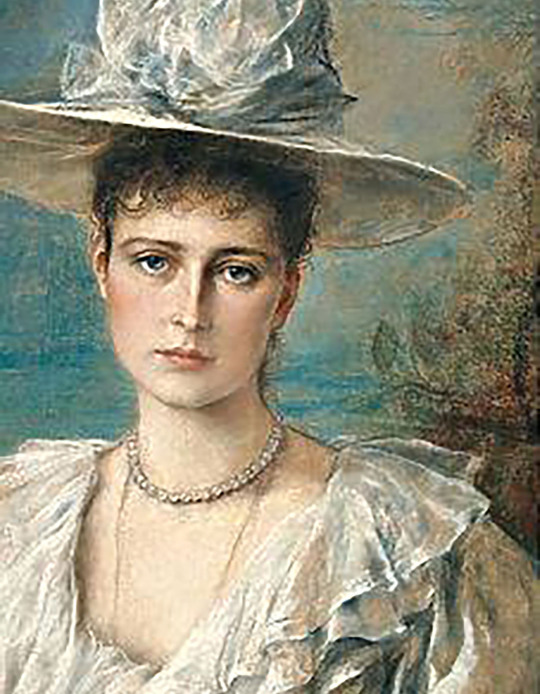
Princess Elizabeth (later Queen Elizabeth II) and Princess Margaret of the United Kingdom playing a duet on a piano at Windsor Castle, early 1940s.
Above the two princesses hangs a lesser detailed portrait of Princess Alix of Hesse and by Rhine, better known as the tragic Empress Alexandra Feodorovna of Russia, by Kaulbach (1890s).
143 notes
·
View notes
Text

“I still hope they make an accurate drama series on Princess Alice of Battenberg. Given how dramatic and fascinating her life was, there's no real need to fabricate or embellish. Same with the lives of the Hessian sisters. There's a lot of potential.” - Submitted by Anonymous
#Princess Alice of Battenberg#empress alexandra feodorovna#Princess Victoria of Hesse and by Rhine#Grand Duchess Elizabeth Feodorovna#Princess Irene of Hesse and by Rhine
22 notes
·
View notes